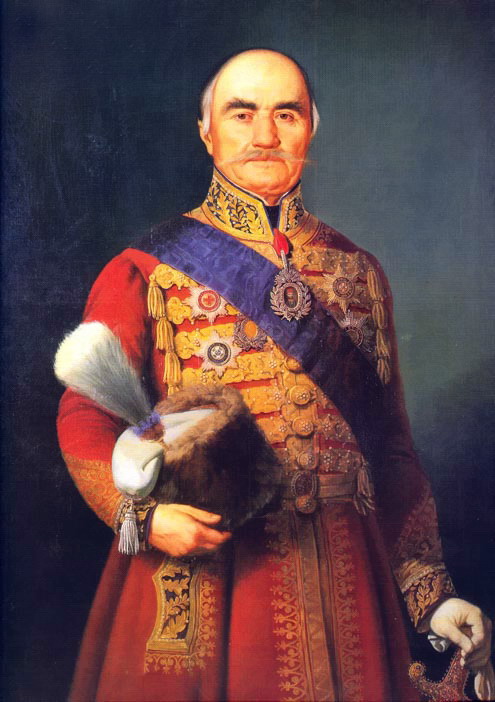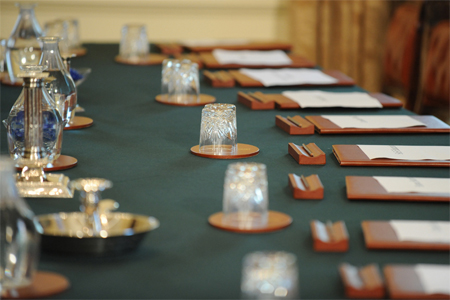|
List Of Cabinets Led By Nikola Pašić
Nikola Pašić led 22 governments in his capacity as prime minister of Serbia and prime minister of Yugoslavia. List of cabinets {, class="wikitable" ! Cabinet ! Duration ! Parties , - ! Colspan=3, Kingdom of Serbia , - , , 11 February 1891 – 21 March 1892 , , - , , 21 March 1892 – 9 August 1892 , , - , , 10 December 1904 – 9 May 1905 , , - , , 30 April 1906 – 12 June 1907 , , - , , 12 June 1907 – 12 April 12 1908 , , - , , 12 April 1908 – 20 July 1908 , , - , , 24 October 1909 – 7 July 1911 , , - , Pašić VIII , 12 September 1912 – 5 December 1914 , , - , , 5 December 1914 – 23 June 1917 , , - , , 23 June 1917 – 13 March 1918 , , - , , 13 March 1918 – 3 November 1918 , , - , , 3 November 1918 – 20 December 1918 , , - ! Colspan=3, Yugoslavia , - , , 1 January 1921 – 26 March 1921 , , - , , 26 March 1921 – 24 December 1921 , , - , , 24 December 1921 – 16 December 1922 , , - ... [...More Info...] [...Related Items...] OR: [Wikipedia] [Google] [Baidu] |
Nikola Pašić
Nikola Pašić ( sr-Cyrl, Никола Пашић, ; 18 December 1845 – 10 December 1926) was a Serbian and Yugoslav politician and diplomat. During his political career, which spanned almost five decades, he served five times as prime minister of Serbia and three times as prime minister of Yugoslavia, leading 22 governments in total. He played an instrumental role in the founding of Yugoslavia and is considered one of the most influential figures in Serbian twentieth-century history. With 12 years in office, Pašić was the longest-serving prime minister of Serbia. Born in Zaječar, in eastern Serbia, Pašić studied engineering in Switzerland and embraced radical politics as a student at the Polytechnical School in Zürich. On his return to Serbia, he was elected to the National Assembly in 1878 as a member of the People's Radical Party, which was formally organised three years later. After the failed Timok Rebellion against the government of King Milan I, he was sente ... [...More Info...] [...Related Items...] OR: [Wikipedia] [Google] [Baidu] |
Prime Minister Of Serbia
The prime minister of Serbia ( sr-Cyrl, премијер Србије, premijer Srbije; feminine gender, feminine: премијерка/premijerka), officially the president of the Government of the Republic of Serbia ( sr-Cyrl, председник Владе Републике Србије, predsednik Vlade Republike Srbije; feminine: председница/predsednica) is the head of the government of Serbia. The role of the prime minister is to direct the work of the government, and submits to the National Assembly (Serbia), National Assembly the Government policy statement, government's program, including a list of proposed Minister (government), ministers. The resignation of the prime minister results in the dismissal of the government. The first officeholder was Matija Nenadović, who became prime minister on 27 August 1805. The current prime minister, Đuro Macut was nominated by the President of Serbia, president of the Republic, Aleksandar Vučić, and elected and appoi ... [...More Info...] [...Related Items...] OR: [Wikipedia] [Google] [Baidu] |
Prime Minister Of Yugoslavia
The prime minister of Yugoslavia ( sh-Cyrl-Latn, Премијер Југославије, Premijer Jugoslavije) was the head of government of the Yugoslav state, from the creation of the Kingdom of Serbs, Croats and Slovenes in 1918 until the breakup of the Socialist Federal Republic of Yugoslavia in 1992. History Kingdom of Yugoslavia The Kingdom of Serbs, Croats and Slovenes was created by the unification of the Kingdom of Serbia (Montenegro had united with Serbia five days previously, while the regions of Kosovo and Metohija, Baranya, Syrmia, Banat, Bačka and Vardar Macedonia were parts of Serbia prior to the unification) and the provisional State of Slovenes, Croats and Serbs (itself formed from territories of the former Austria-Hungary) on 1 December 1918. Until 6 January 1929, the Kingdom of Serbs, Croats and Slovenes was a parliamentary monarchy. On that day, King Alexander I abolished the Vidovdan Constitution (adopted in 1921), prorogued the National Assembly ... [...More Info...] [...Related Items...] OR: [Wikipedia] [Google] [Baidu] |
Cabinet Of Nikola Pašić VIII
After the 1912 Parliamentary Election, a Caretaker Government had to be formed quickly because of the sudden death of the Prime Minister Milovan Milovanović. Marko Trifković of the People's Radical Party was asked to lead it, because Nikola Pašić, the leader of this party was in Russia at the time. On August 29 (in the Old Calendar; September 11 in the New Calendar), Trifković was summoned to the Royal Court by King Peter I, who told him that he has accepted the resignation of the cabinet, and that he had entrusted the formation of the new cabinet to Pašić. The New Cabinet of Nikola Pašić consisted only of Ministers from the People's Radical Party. Right from the start, it was clear that the cabinet would not be able to function normally with such a small majority in the National Assembly. Also, new election was out of the question because Serbia, along with the other members of the Balkan league, planned a war with the Ottoman Empire. Therefore, a strong majority in ... [...More Info...] [...Related Items...] OR: [Wikipedia] [Google] [Baidu] |
Government Of Serbia
The government of Serbia ( sr-cyrl, Влада Србије, Vlada Srbije), formally the Government of the Republic of Serbia ( sr-cyrl, Влада Републике Србије, Vlada Republike Srbije), commonly abbreviated to Serbian Government ( sr-cyrl, Српска Влада, Srpska Vlada), is the executive branch of government in Serbia. The affairs of government are decided by the Cabinet of Ministers, which is led by the prime minister. The government is housed in the Government Building in Belgrade. Jurisdiction According to the Constitution of Serbia, the Government: * Determines and guides policy * Executes laws and other general acts of the National Assembly * Adopts regulations and other general acts for the purpose of enforcing laws * Proposes to the National Assembly the laws and other general acts and gives an opinion on them when submitted by another proposer * Directs and coordinates the work of public administration bodies and supervises their work * Perf ... [...More Info...] [...Related Items...] OR: [Wikipedia] [Google] [Baidu] |
List Of Cabinets Of Yugoslavia
The following is a list of government cabinets of Yugoslavia. List of cabinets External linksMonarchy governments {{Yugoslavia topics Politics of Yugoslavia, Cabinets Lists of national cabinets, Yugoslavia ... [...More Info...] [...Related Items...] OR: [Wikipedia] [Google] [Baidu] |
Cabinets Of Serbia
A cabinet in governing is a group of people with the constitutional or legal task to rule a country or state, or advise a head of state, usually from the Executive (government), executive branch. Their members are known as Minister (government), ministers and secretary (title), secretaries and they are often appointed by either heads of state or government. Cabinets are typically the body responsible for the day-to-day management of the government and response to sudden events, whereas the legislative and judicial branches work in a measured pace, in sessions according to lengthy procedures. The function of a cabinet varies: in some countries, it is a collegiate decision-making body with Cabinet collective responsibility, collective responsibility, while in others it may function either as a purely advisory body or an assisting institution to a decision-making head of state or head of government. In some countries, particularly those that use a parliamentary system (e.g., ... [...More Info...] [...Related Items...] OR: [Wikipedia] [Google] [Baidu] |



